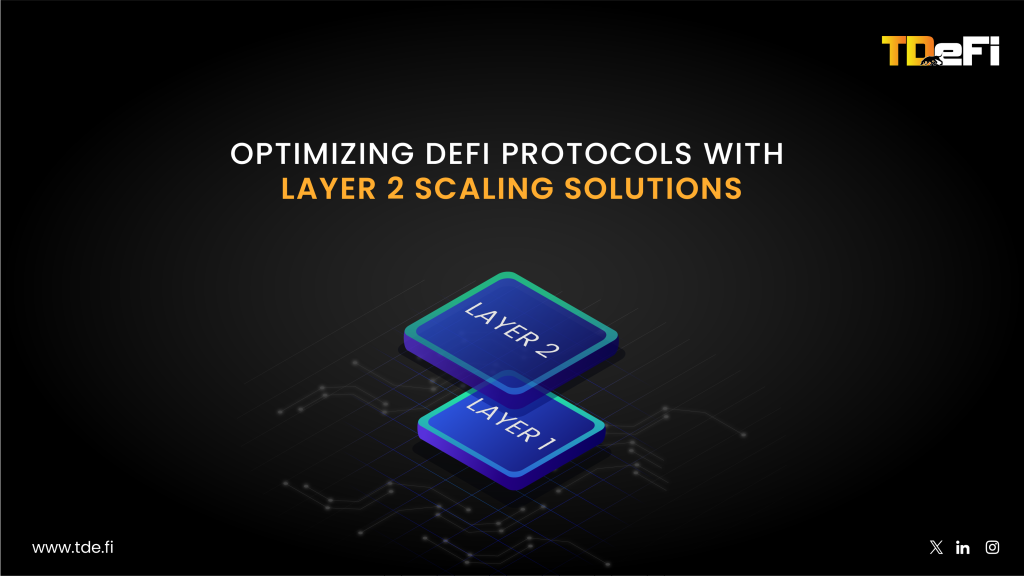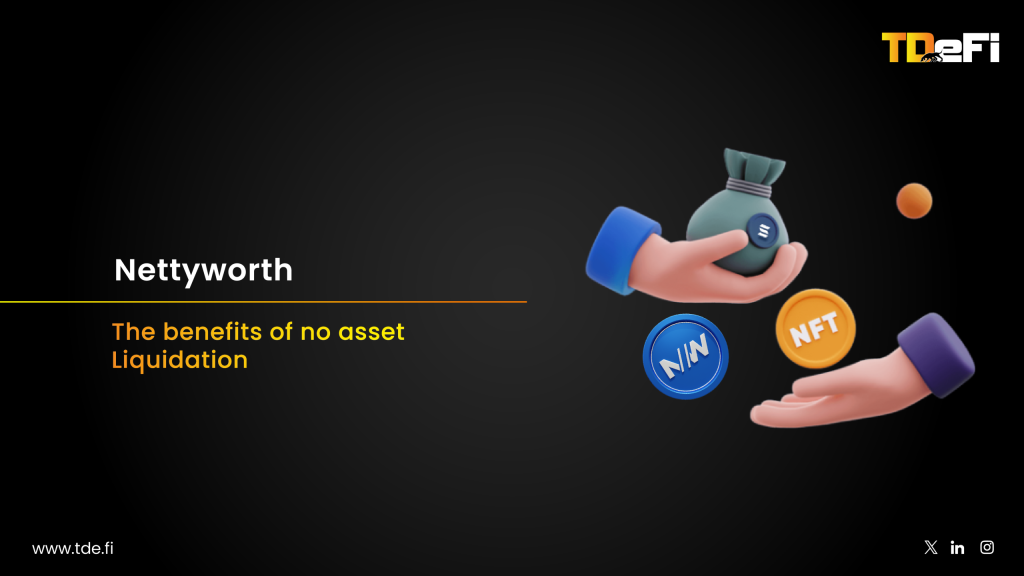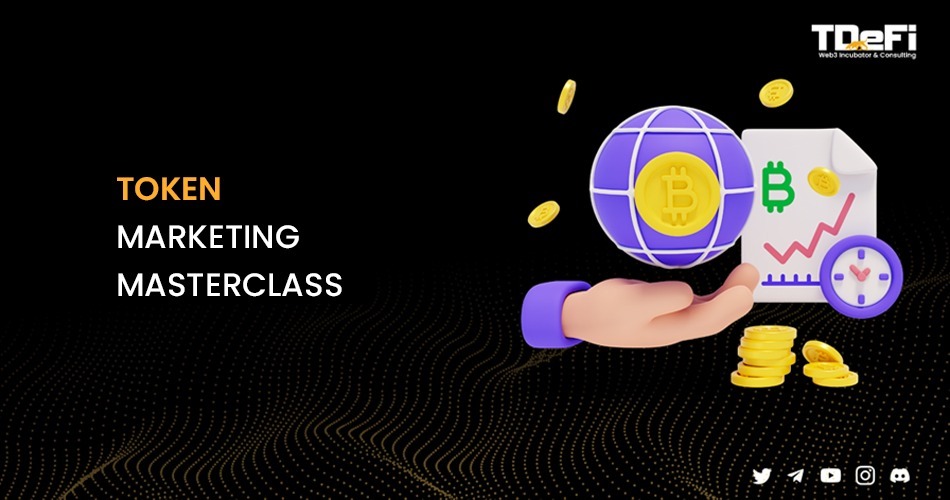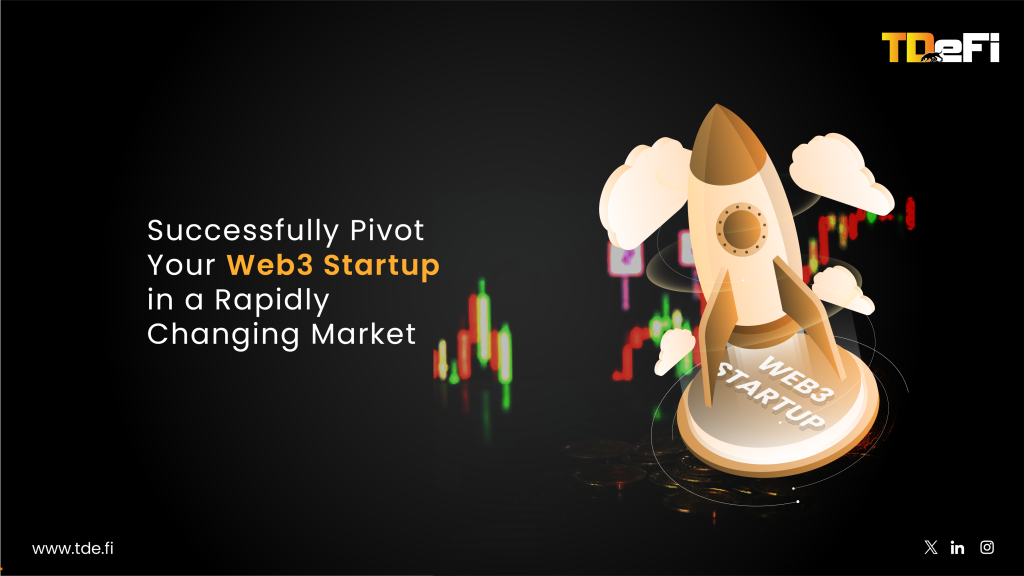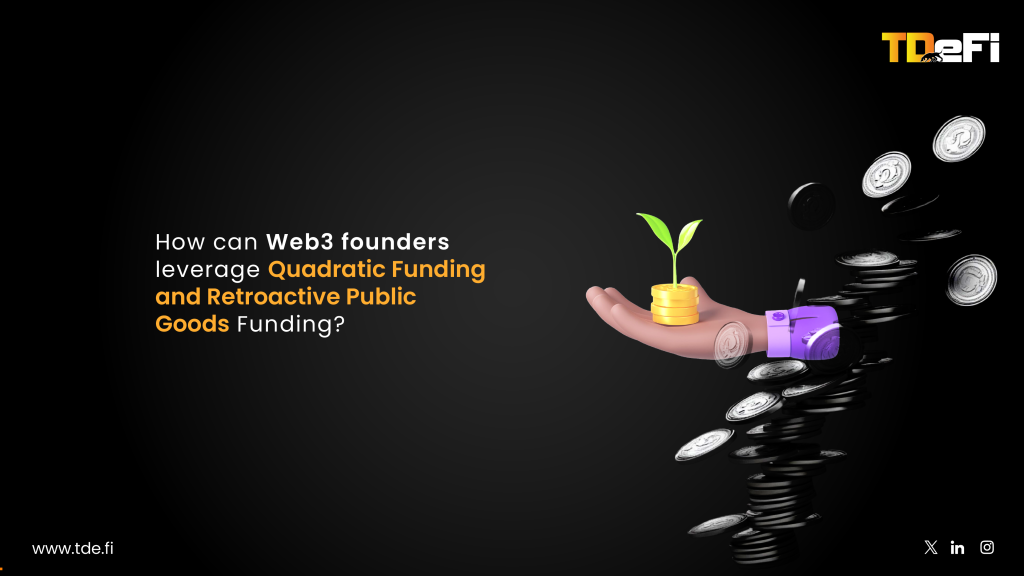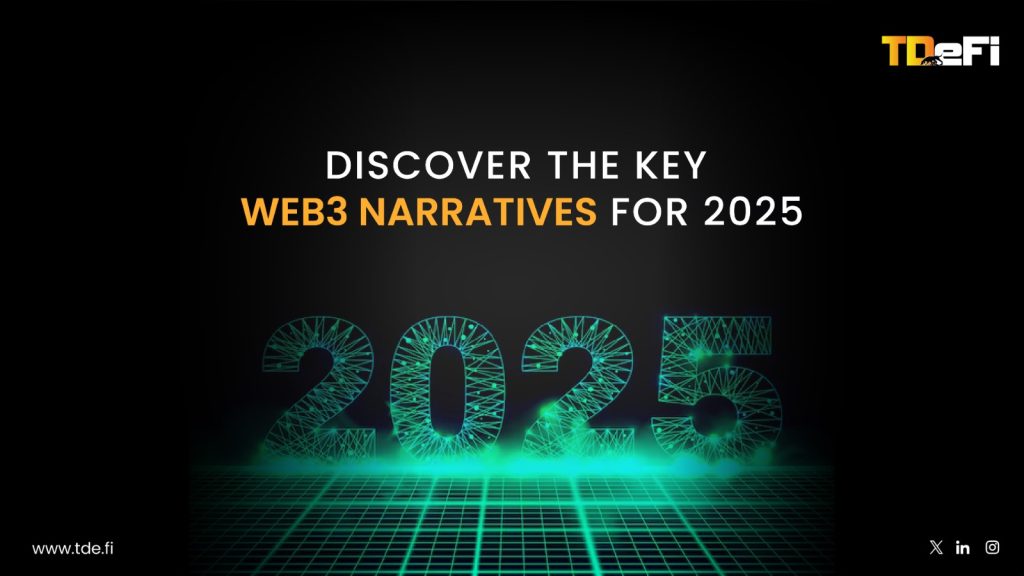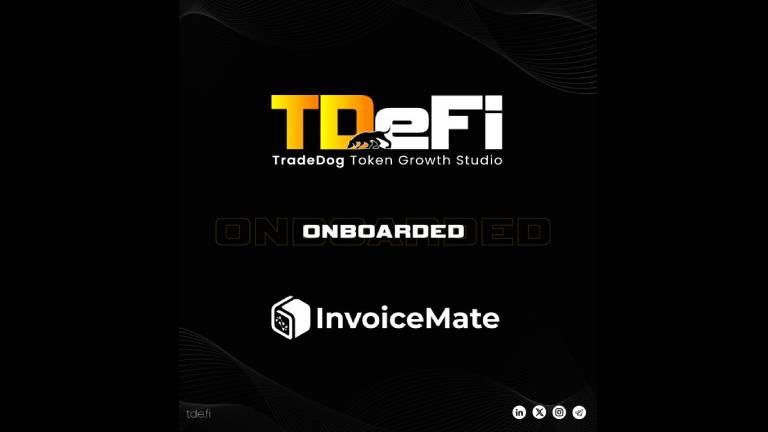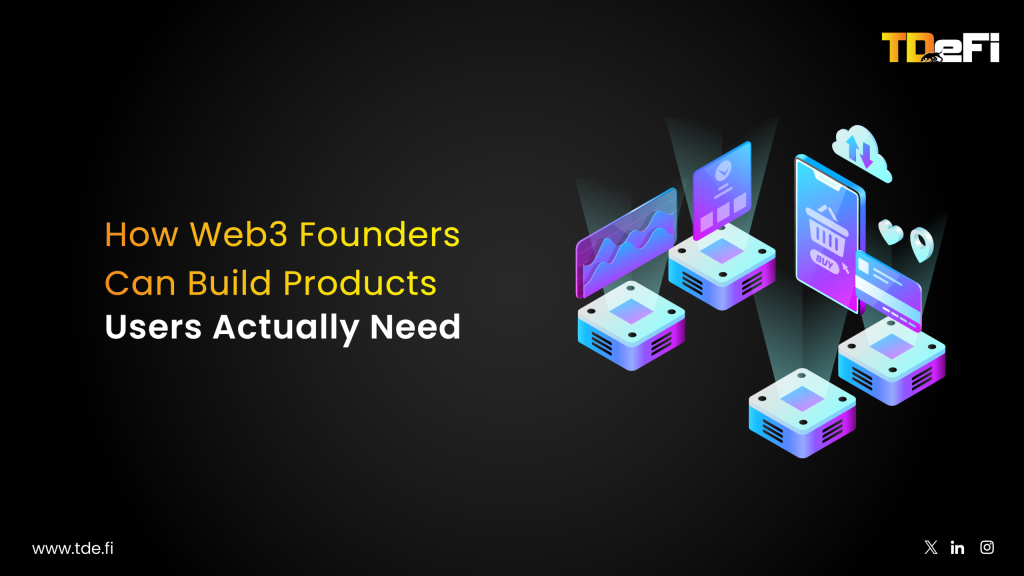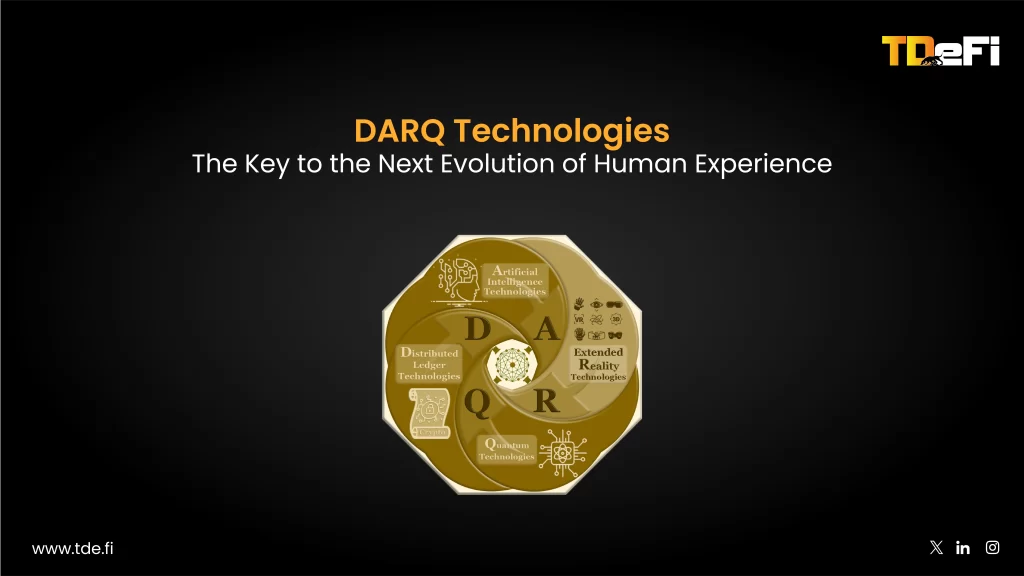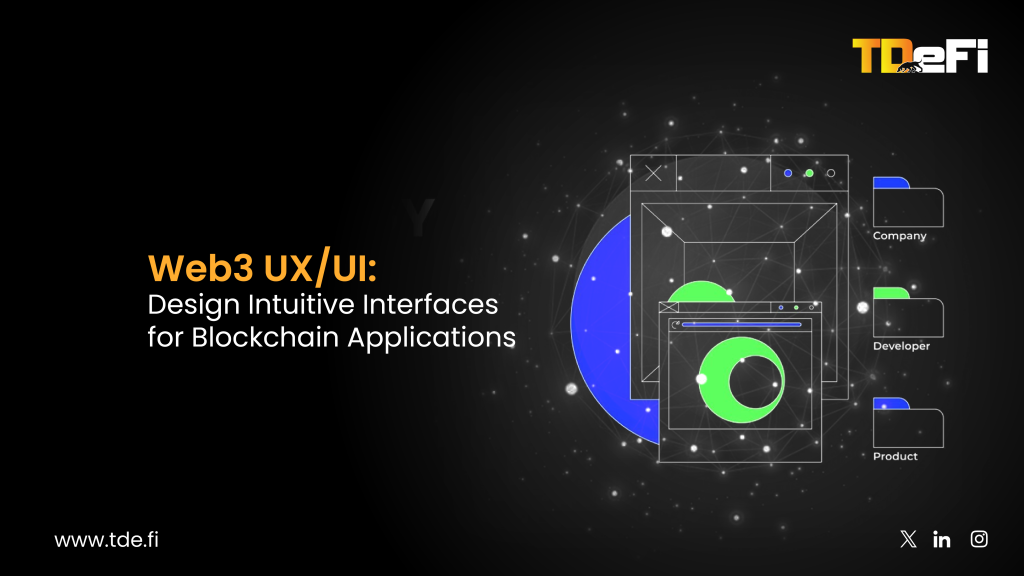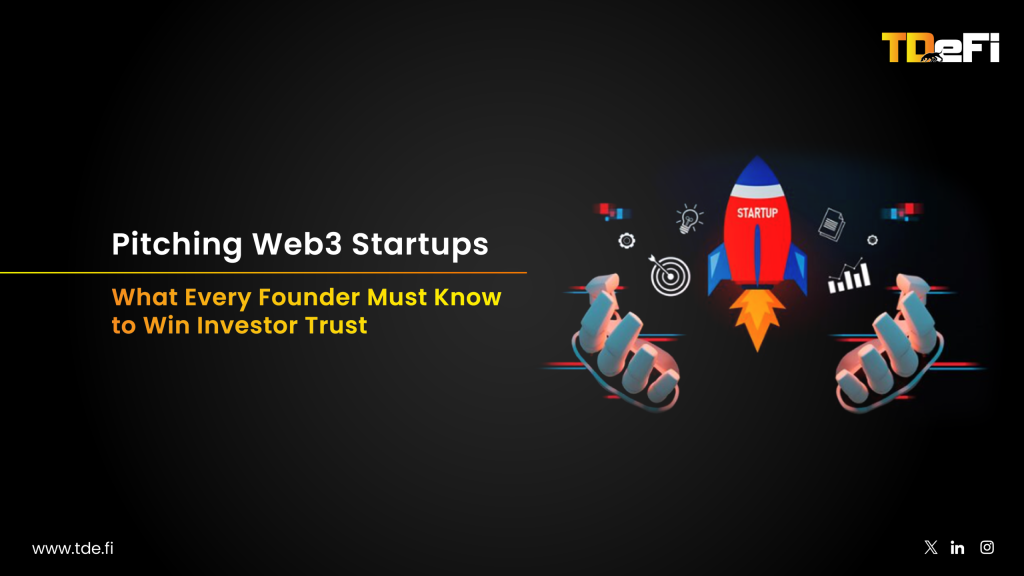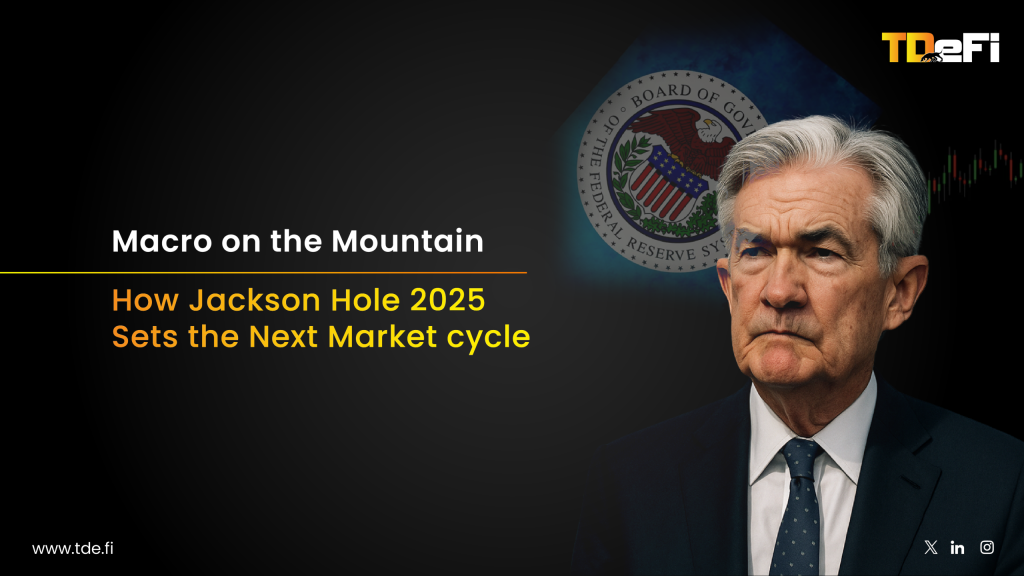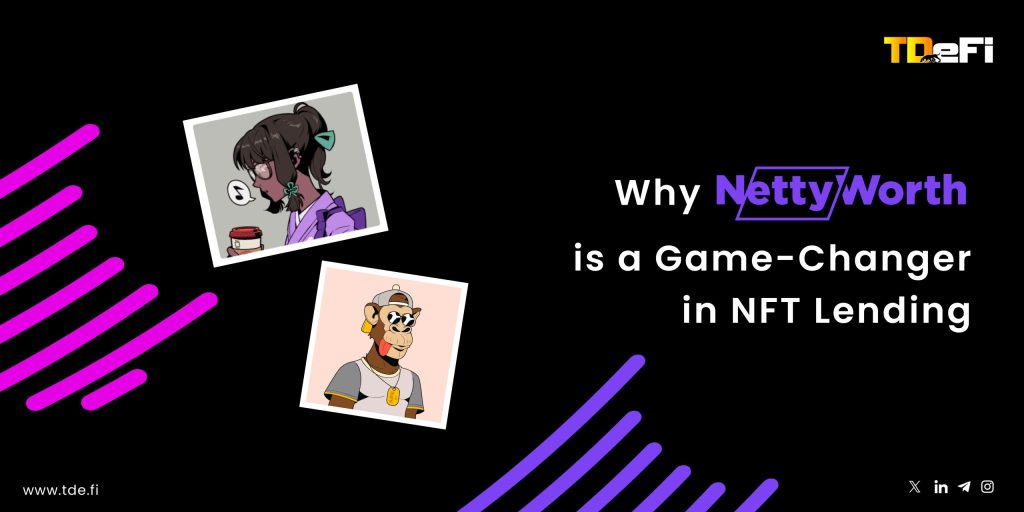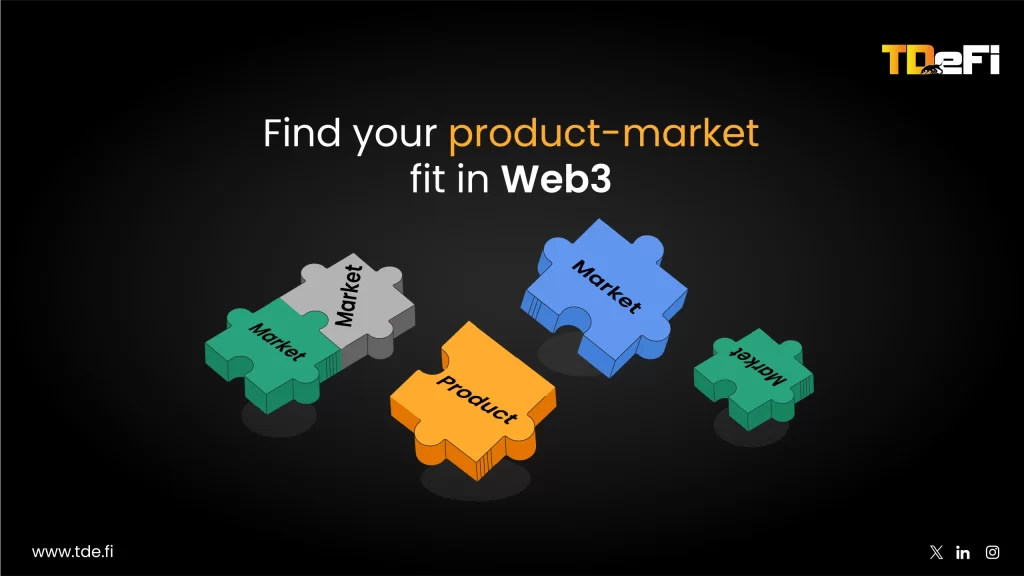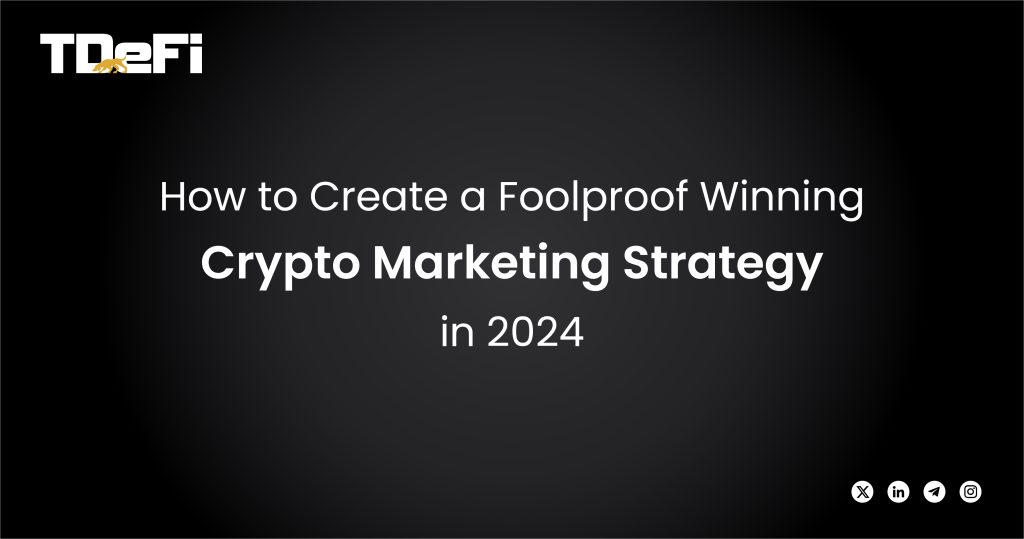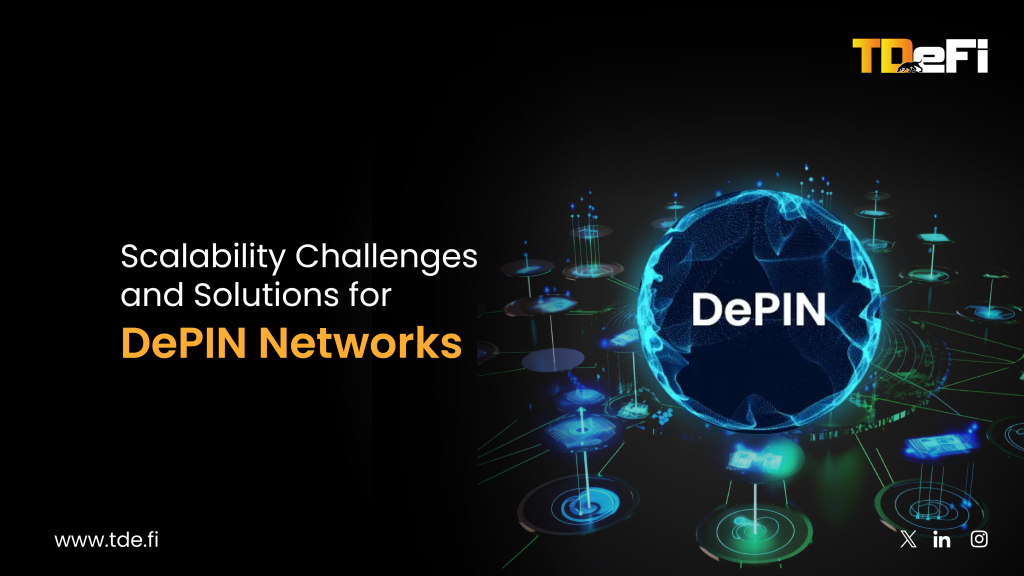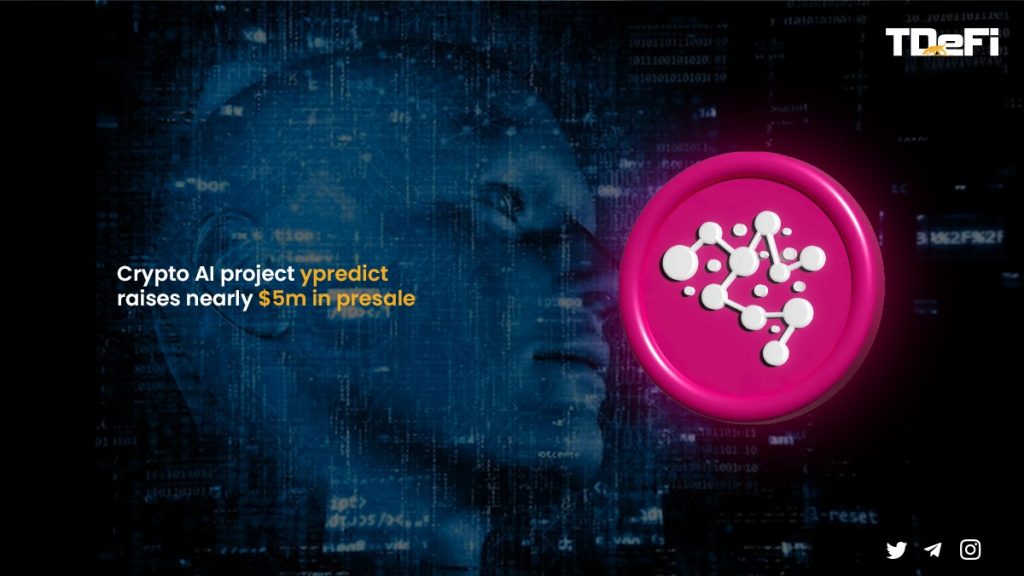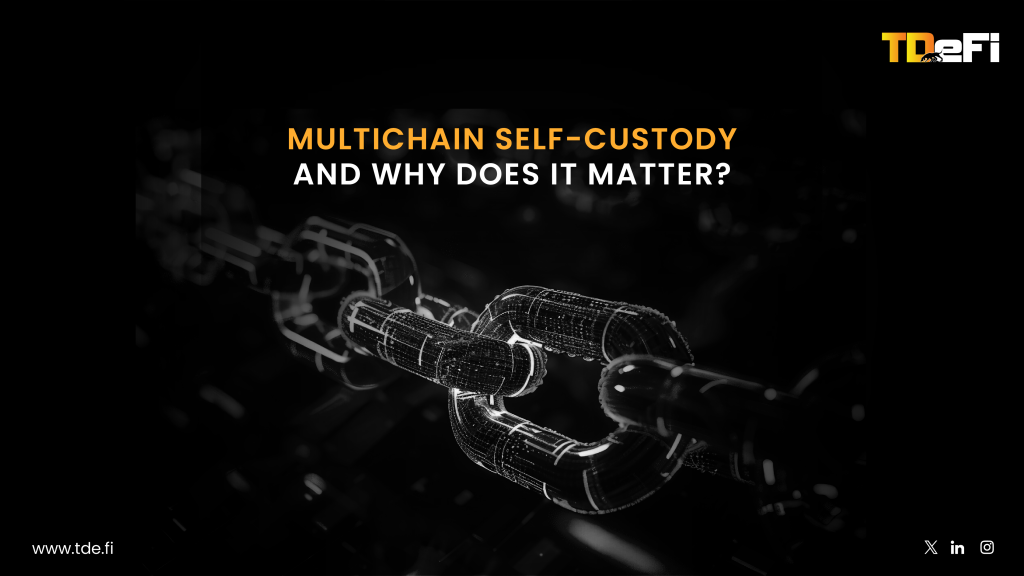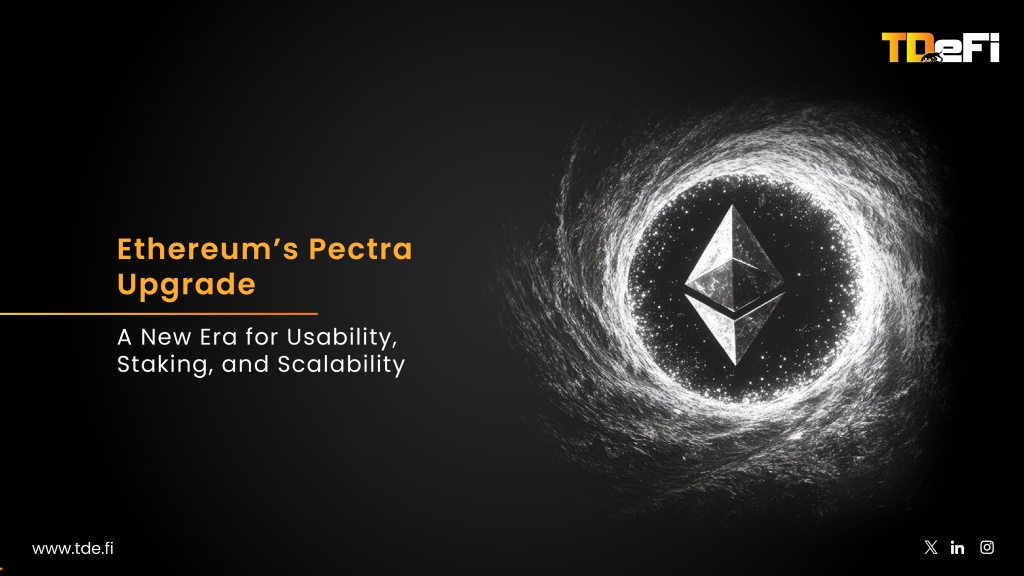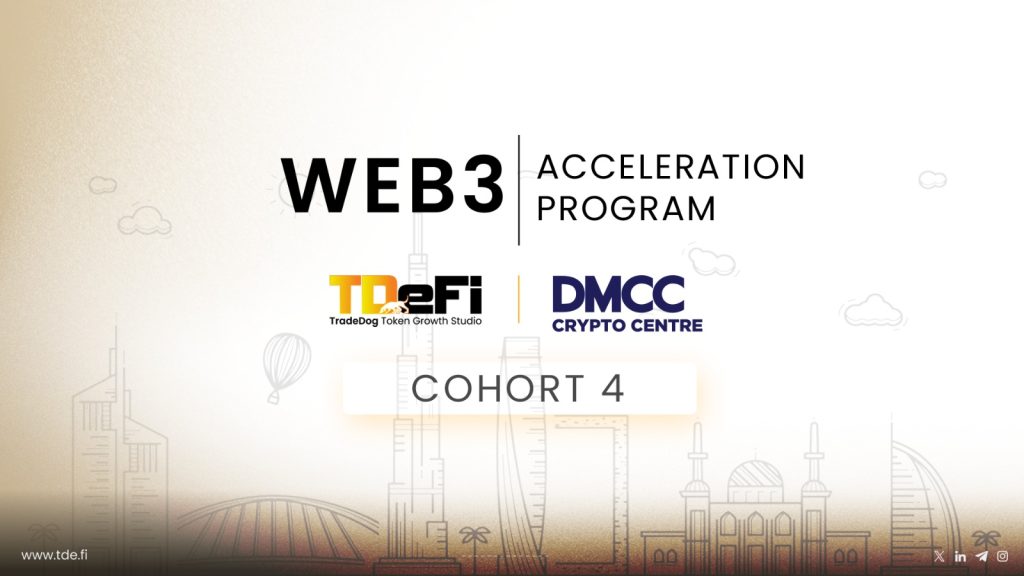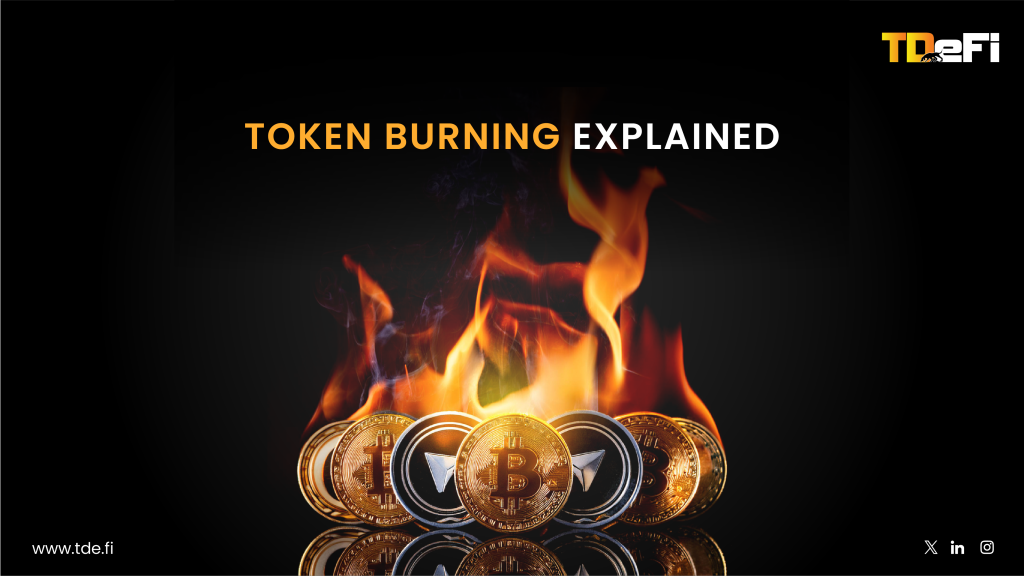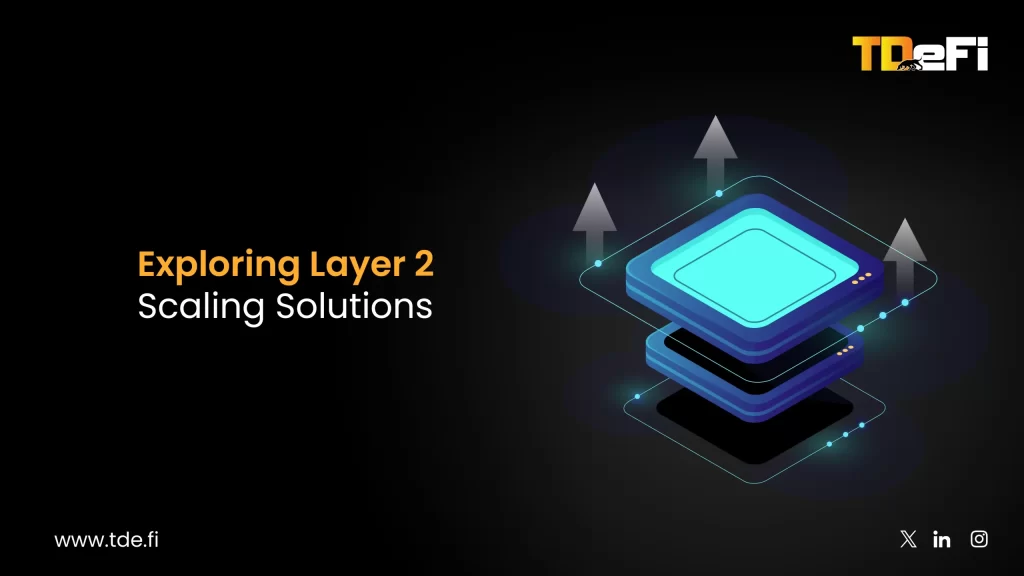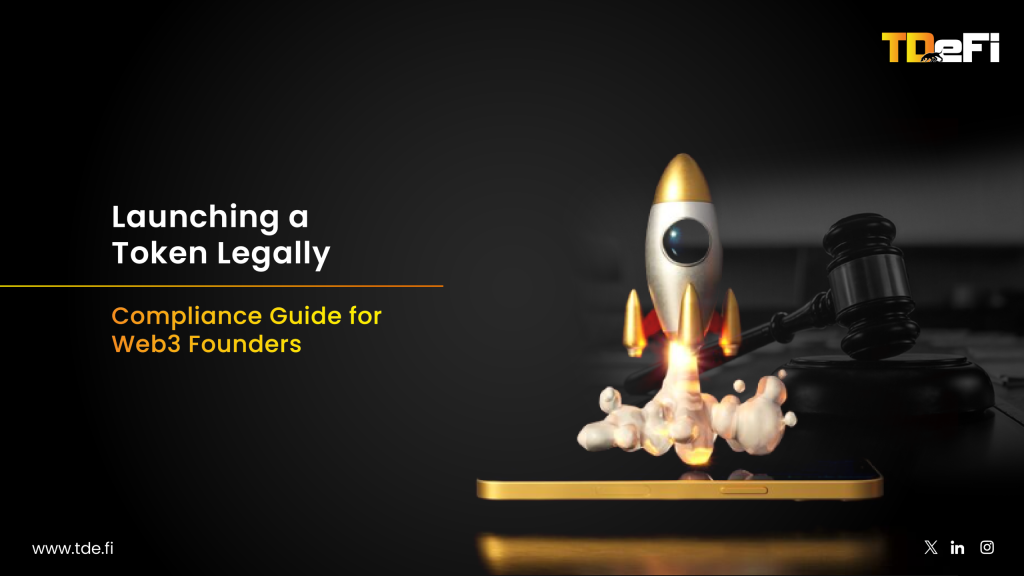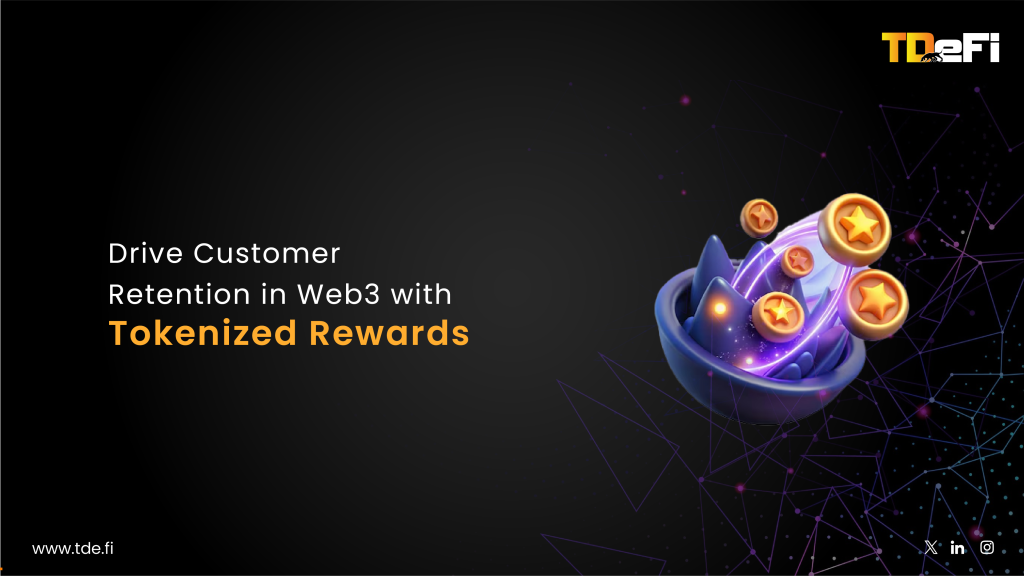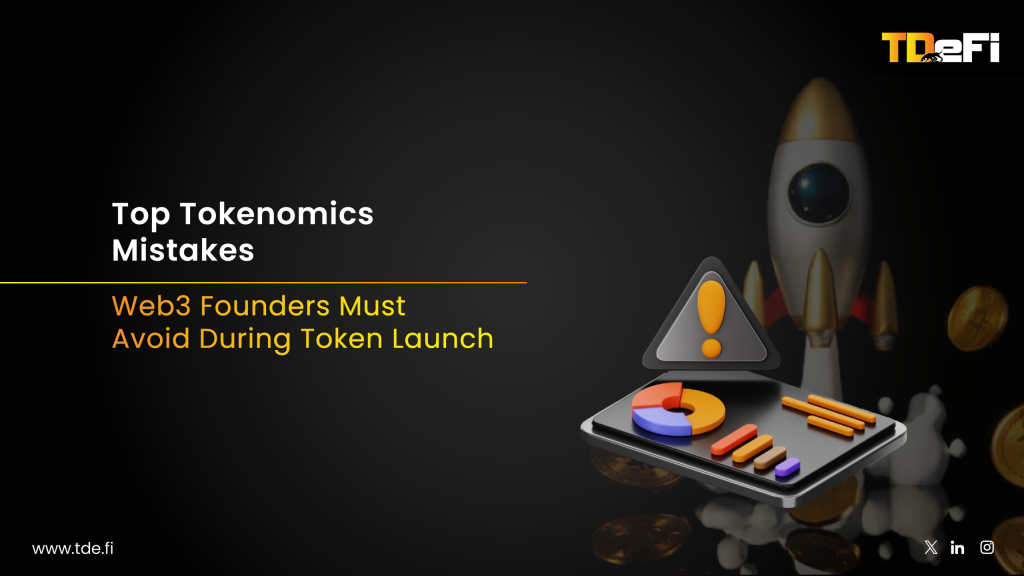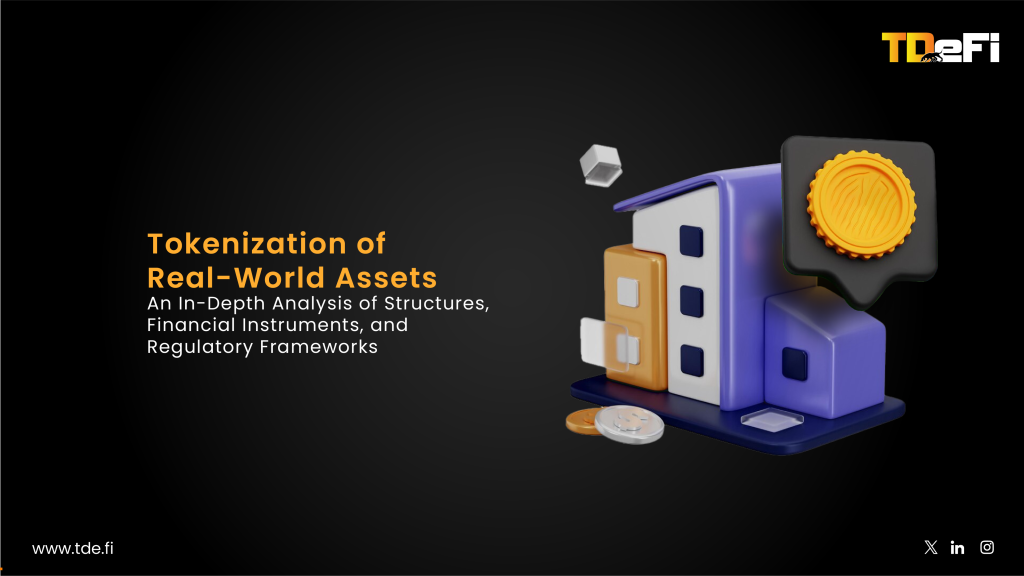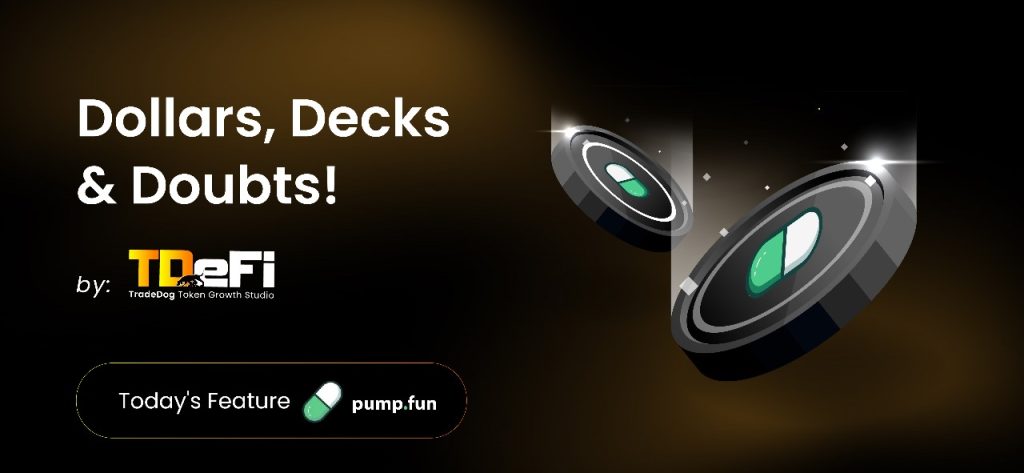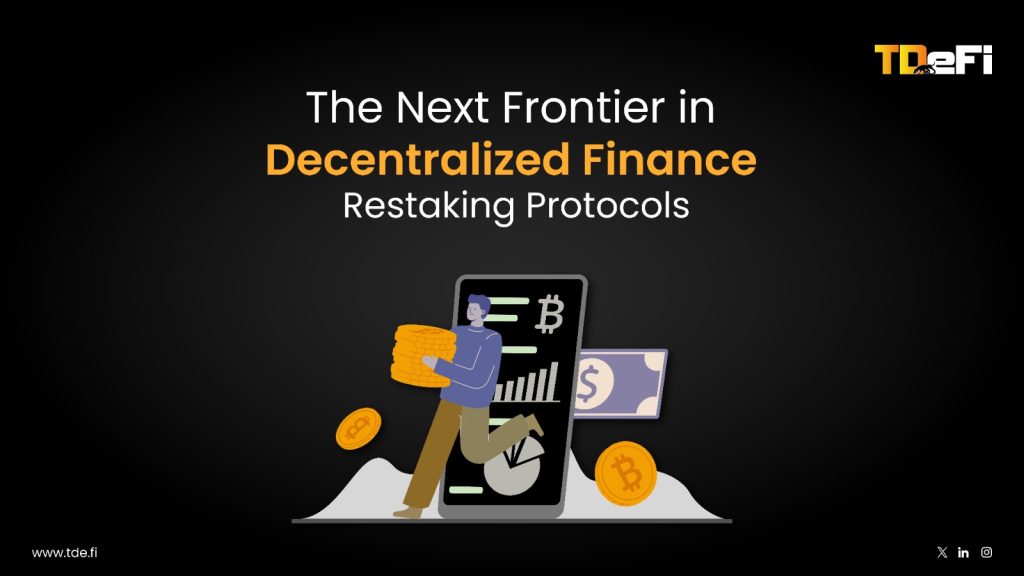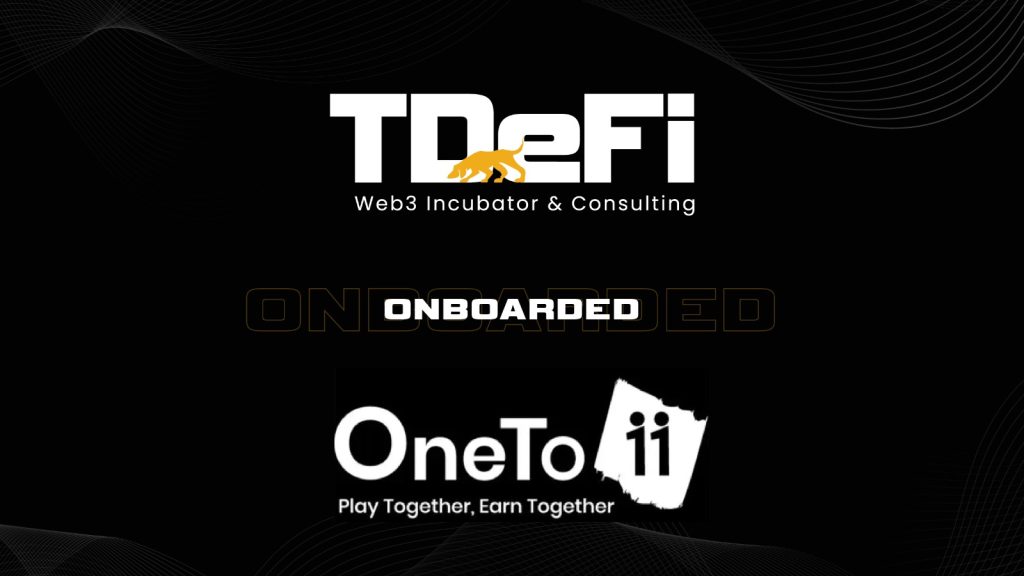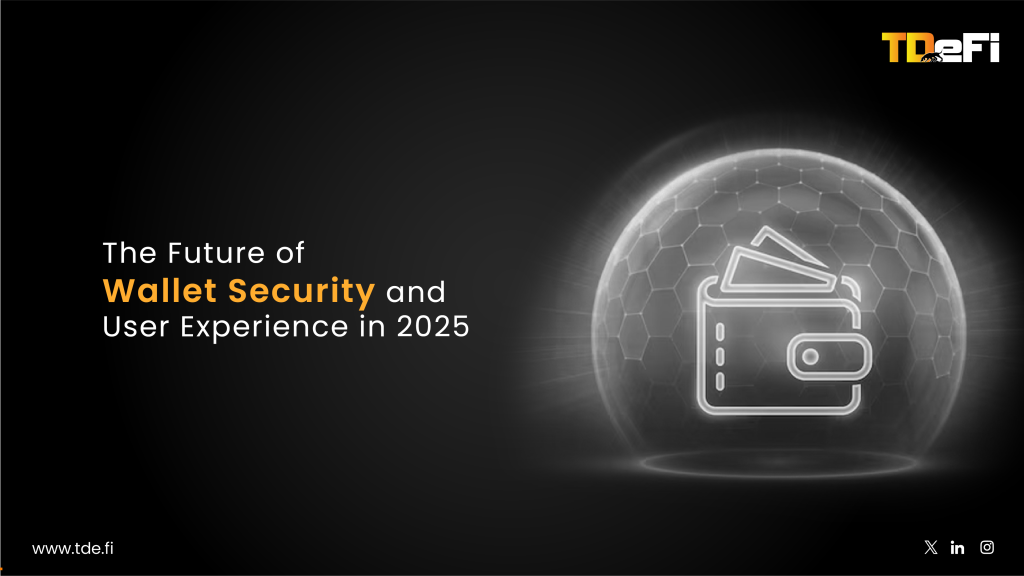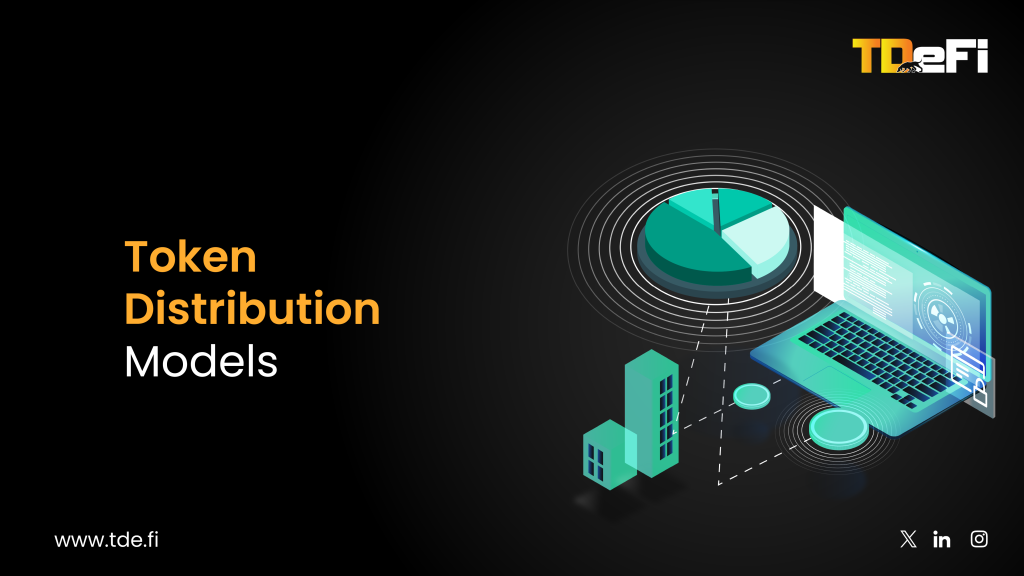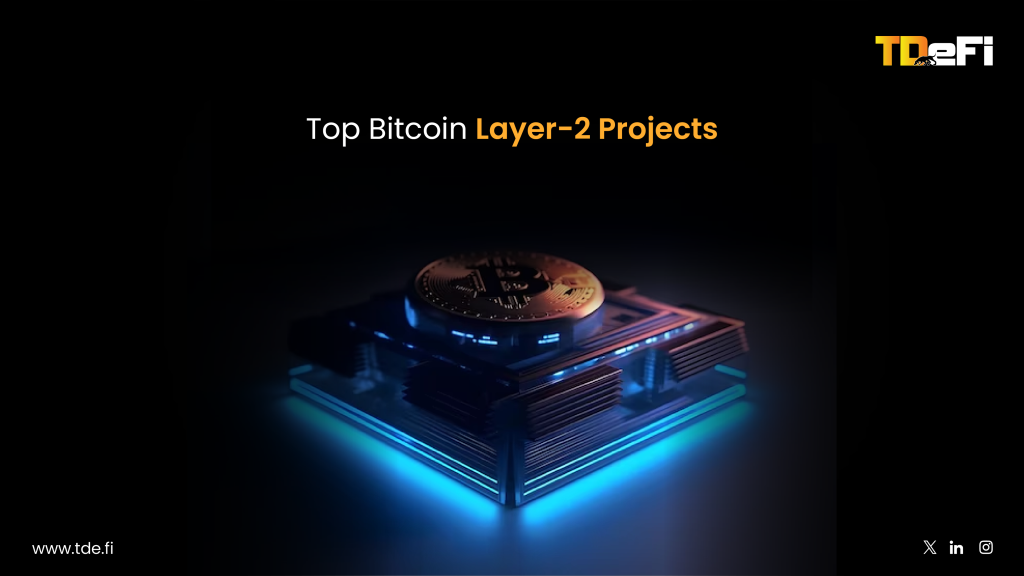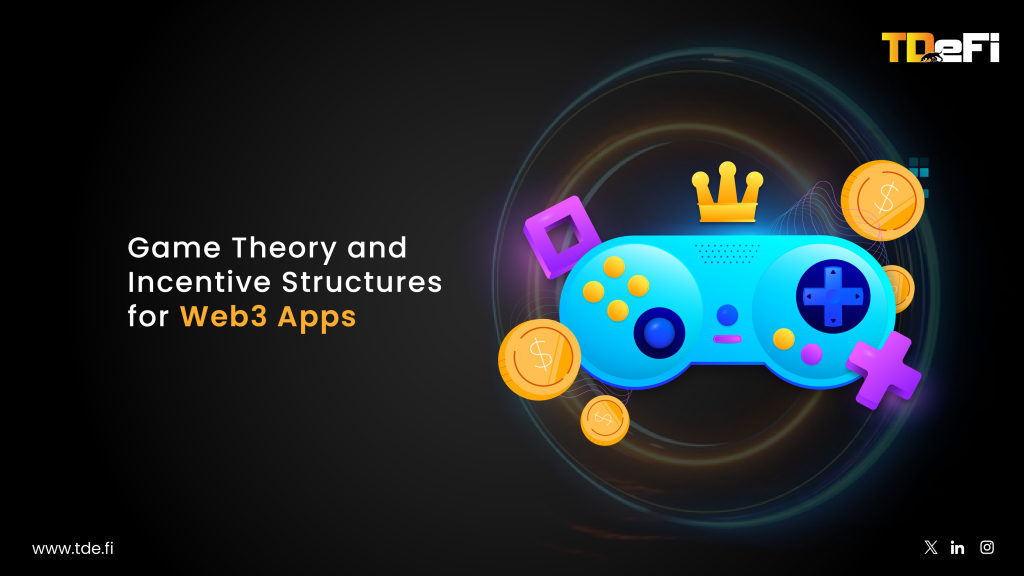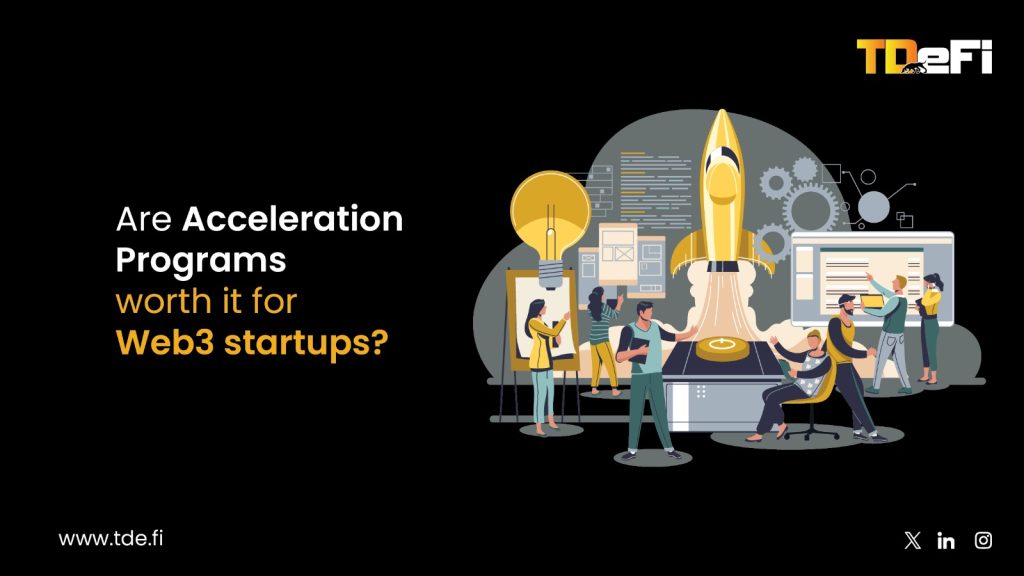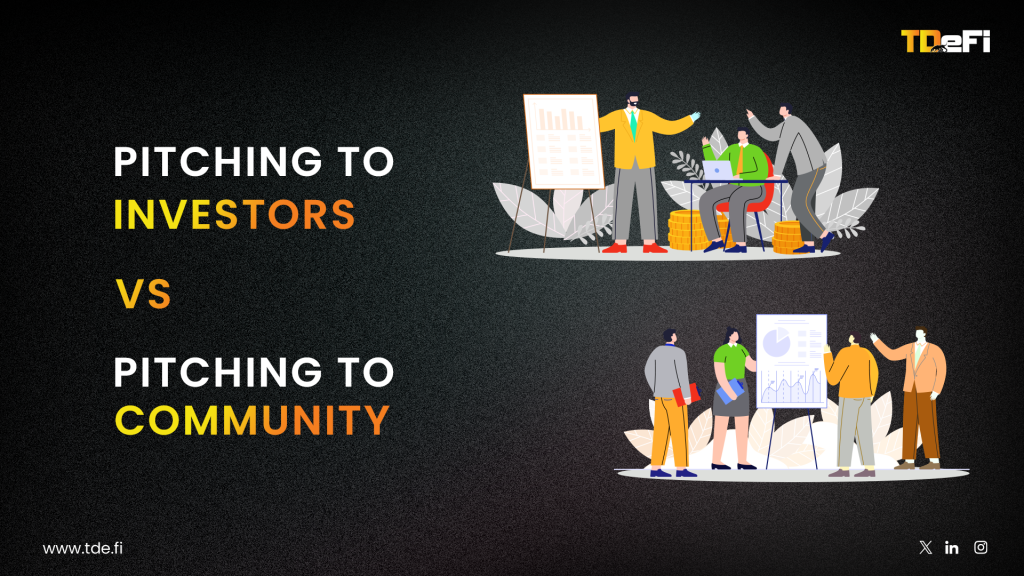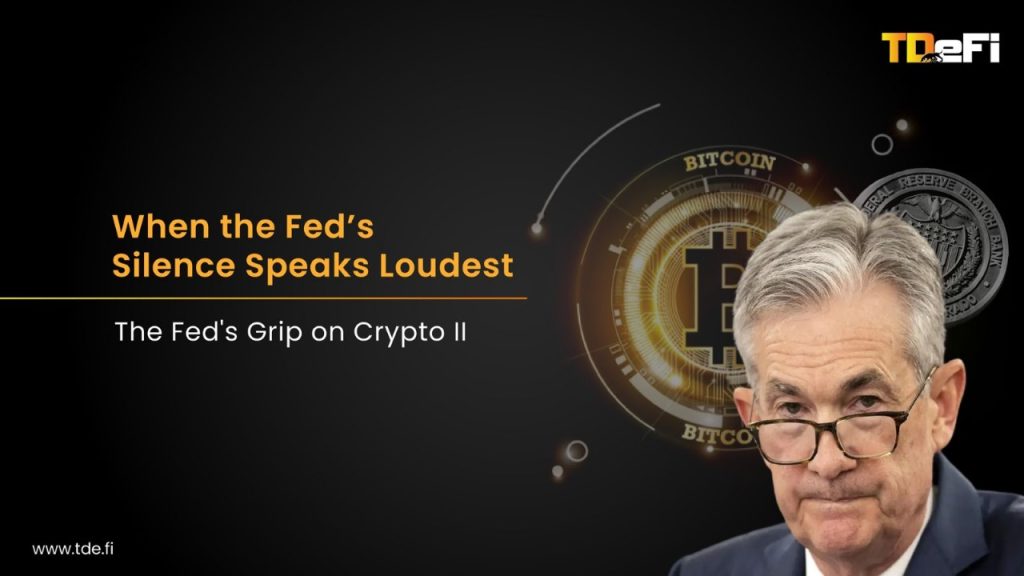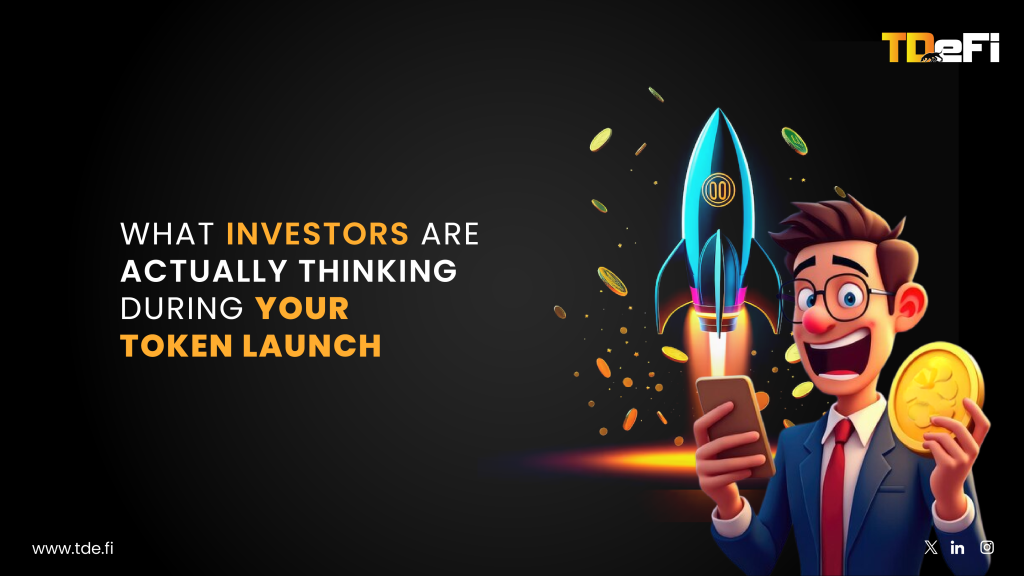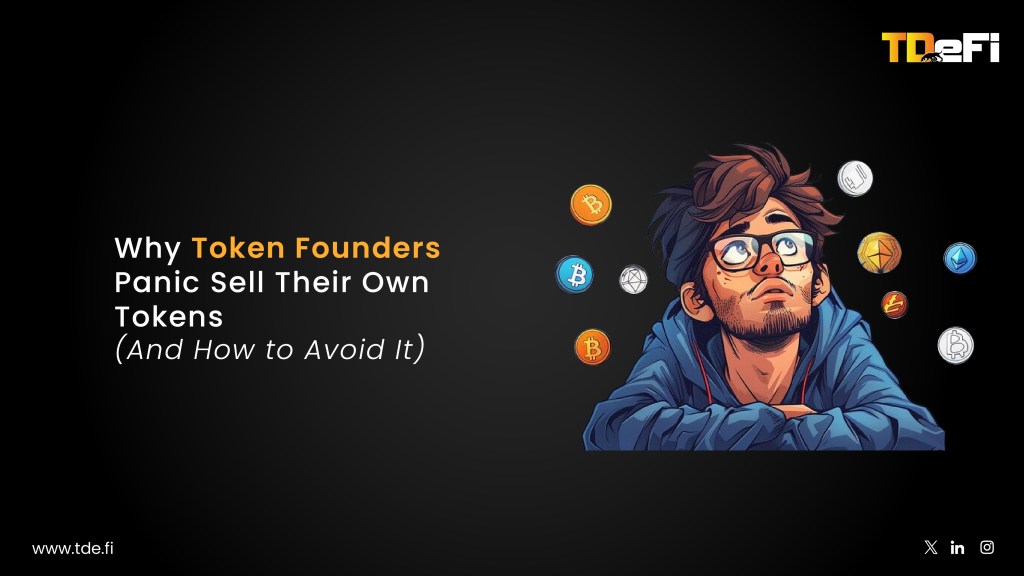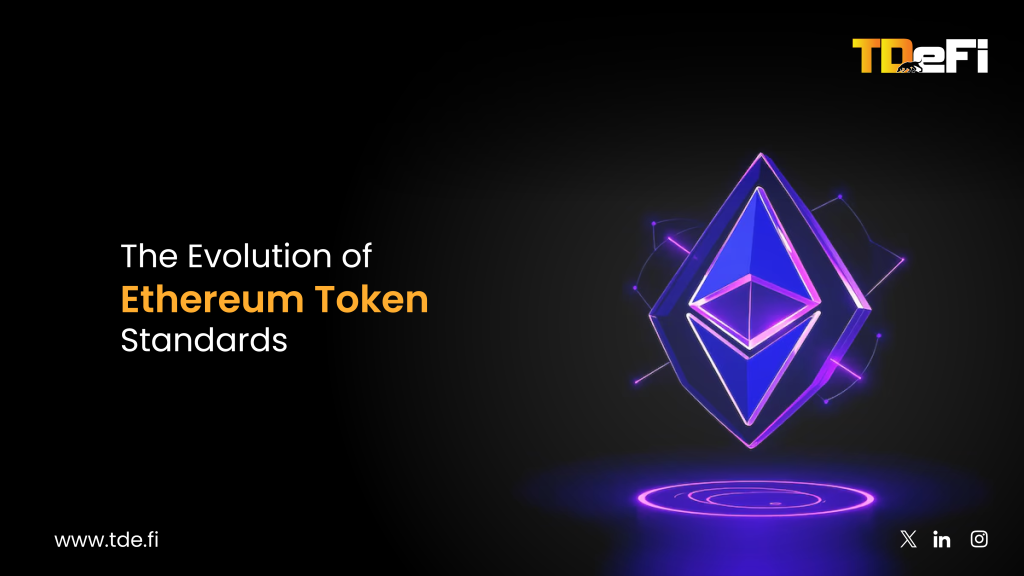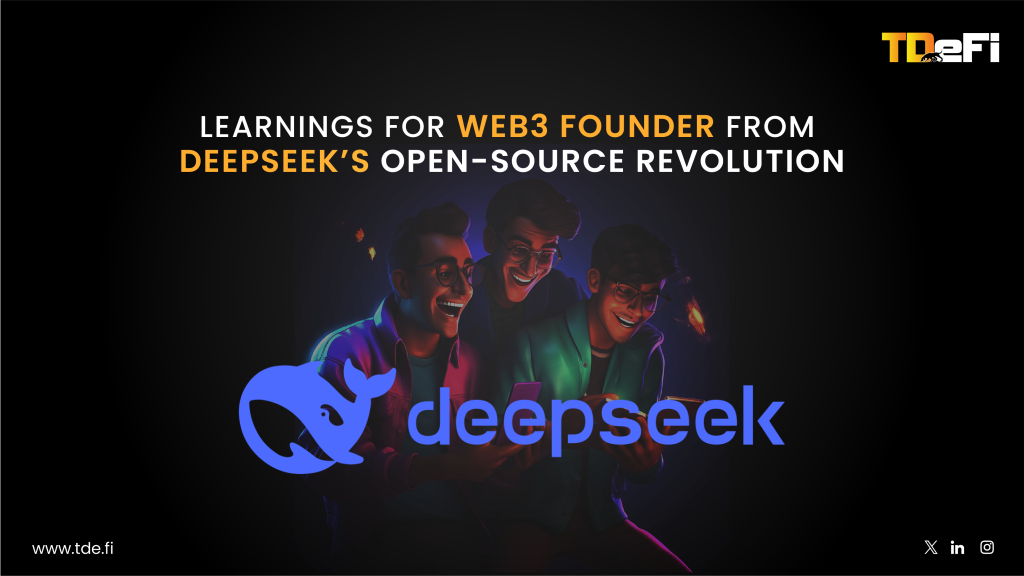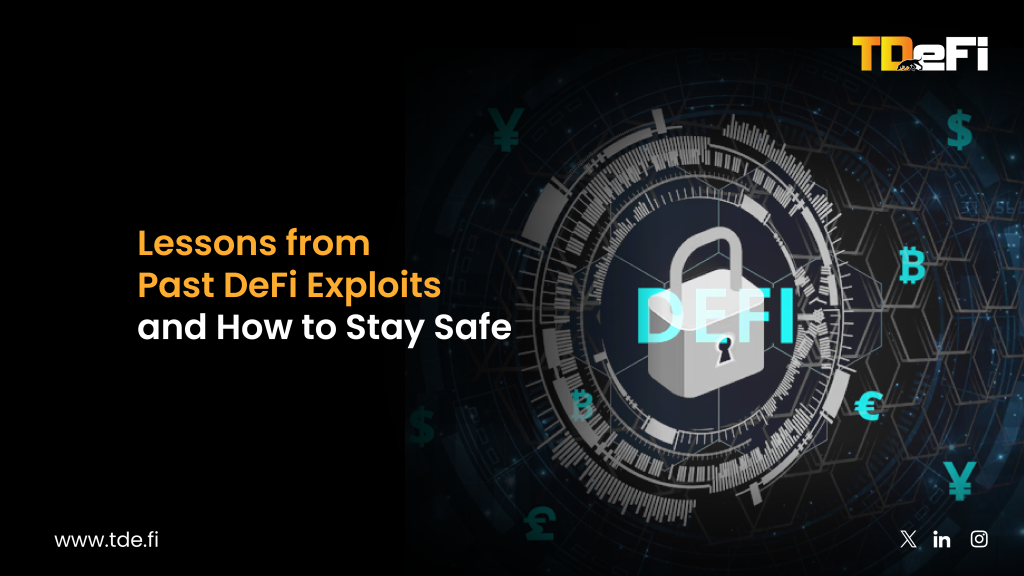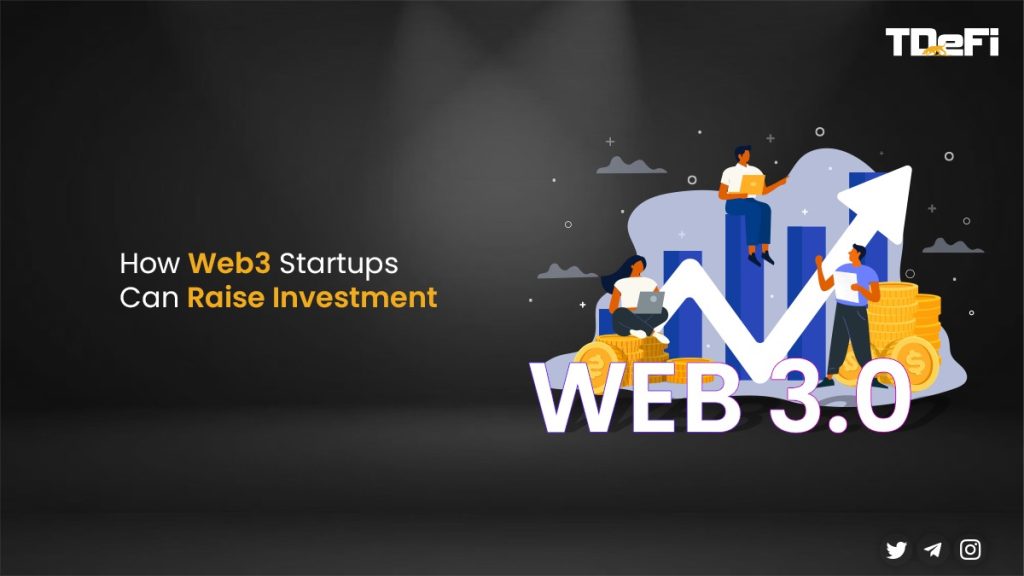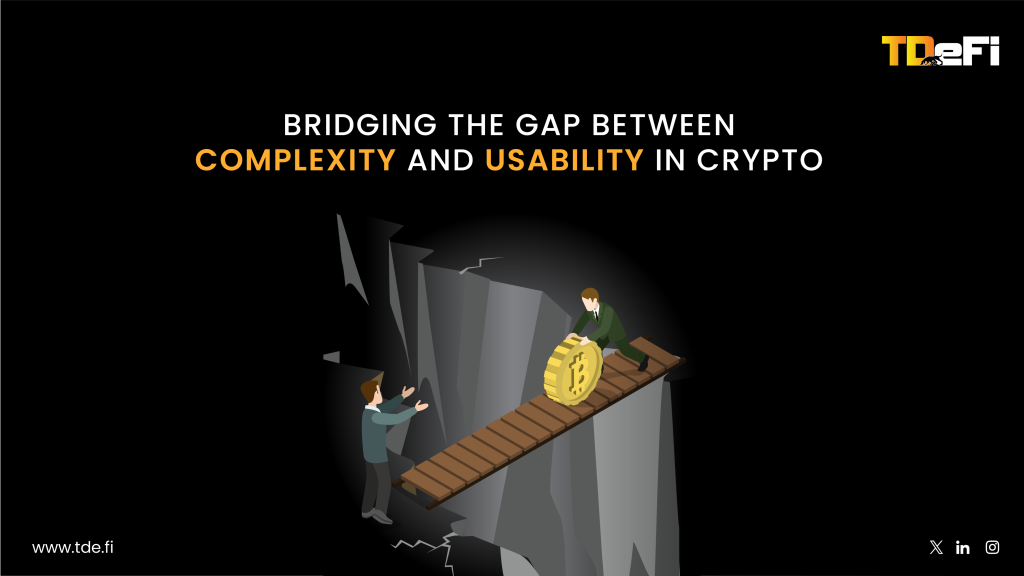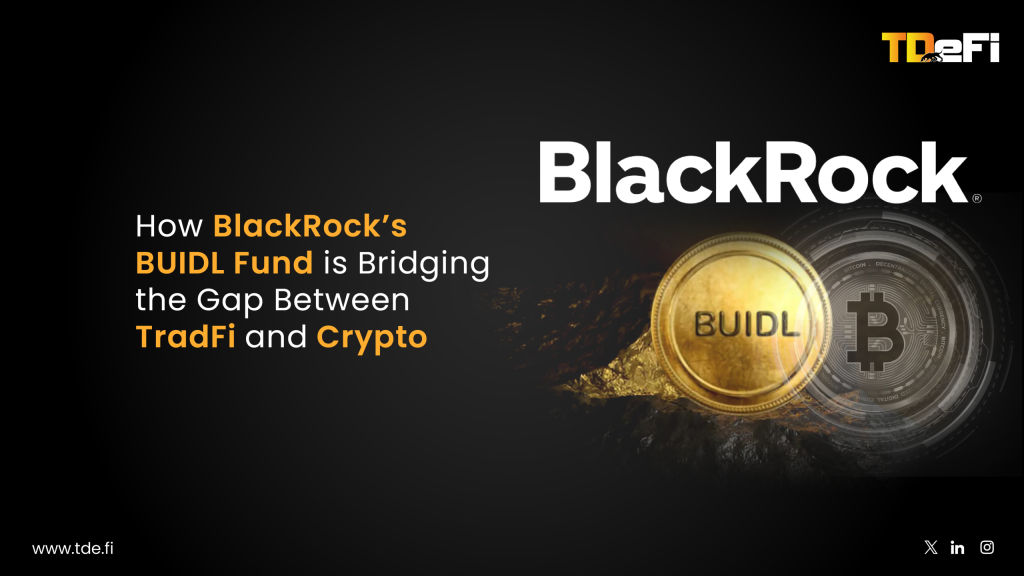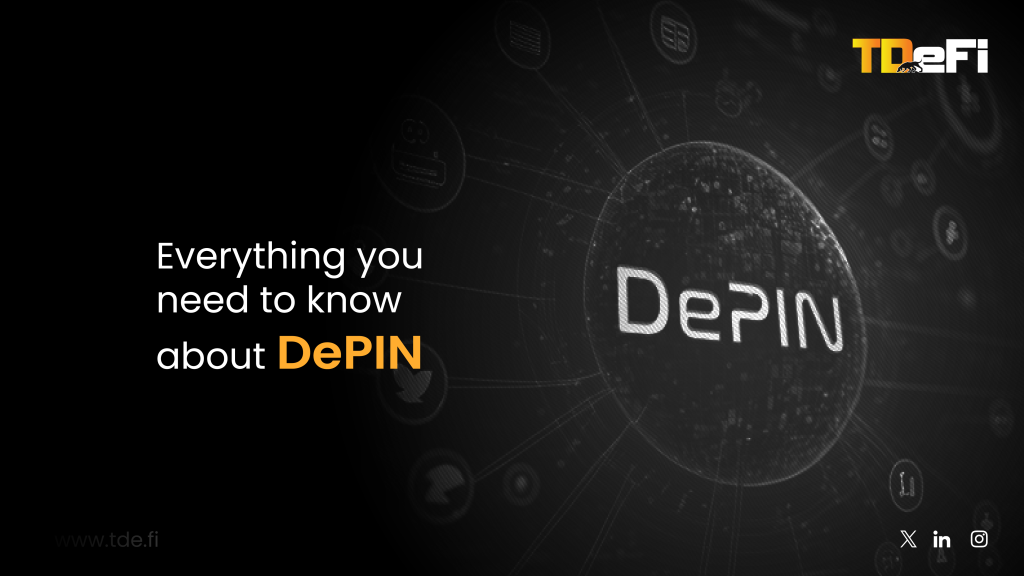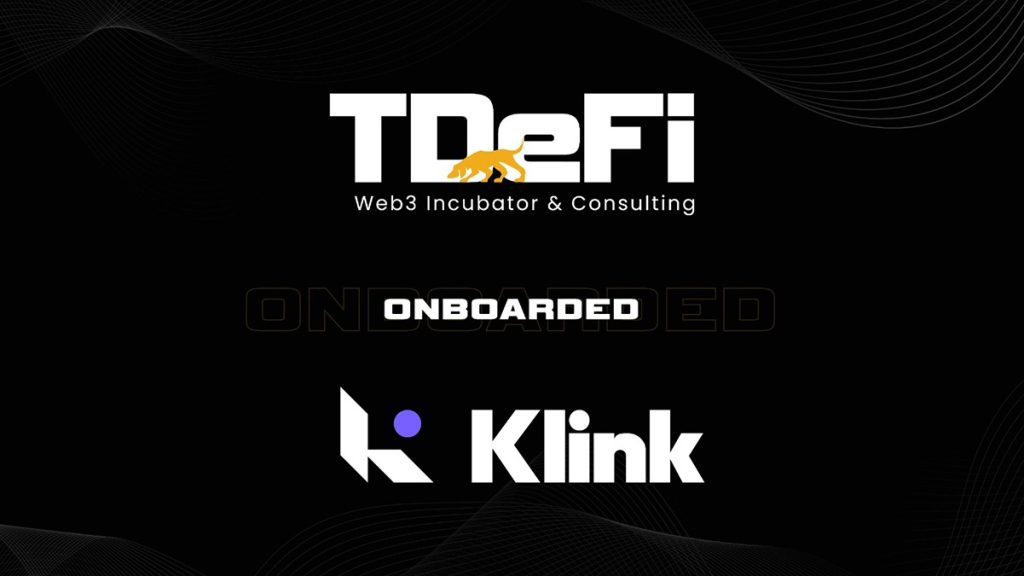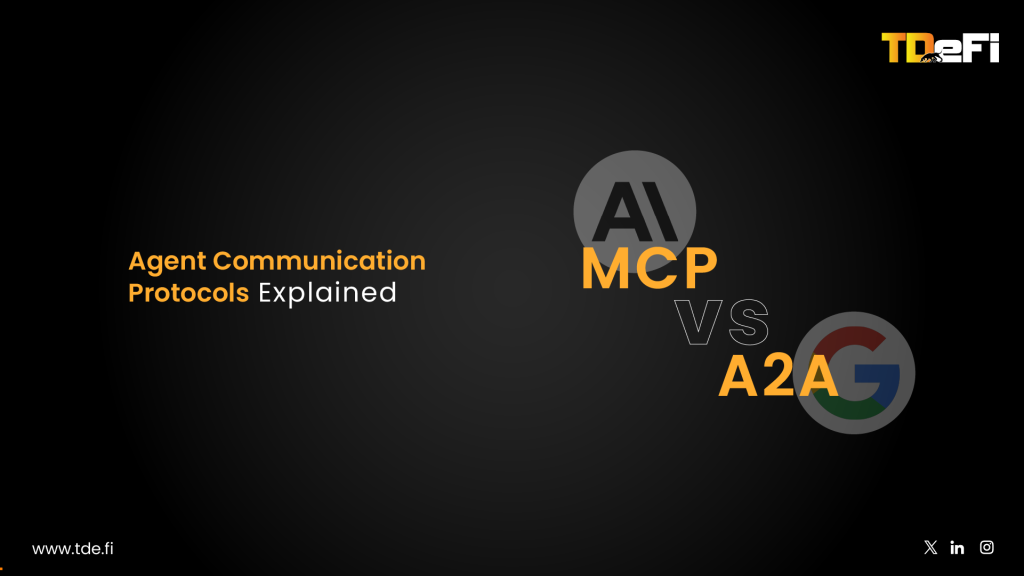You’ve Got Traction, But Your Token Still Scares Investors
You’ve built a solid product. On-chain metrics are climbing. The community is active.
But when the tokenomics slide hits in your pitch deck… silence.
Investors squint. They flip back to your unlock schedule. Then to your staking model.
Then they ask: “What exactly drives long-term demand for this token?”
You’ve seen this before. They’re not questioning your tech, they’re questioning your economics.
In 2025, founders are no longer pitching tokens. They’re pitching systems, ones that must balance capital efficiency, incentive alignment, and narrative relevance in real-time. Your token is the economic engine of your project. And if investors can’t see how that engine scales without overheating, they walk.
This blog breaks down how to pitch tokenomics not as a spreadsheet, but as a strategic signal that you’re building something that will last.
Tokenomics Isn’t a Feature, It’s a Bet on Behavior
Smart investors don’t fund clever emissions models. They fund behavioral engines.
Every token is a bet on how people will behave: how users will adopt, how devs will build, how whales will stake, how speculators will exit.
Your job is to show that your token isn’t just a governance coin or a reward loop, it’s the primary driver of aligned, scalable behavior.
Ask yourself:
- Does using the product generate token demand organically?
- Are stakeholders incentivized to grow the pie, not just grab a slice?
- Does the value captured by the token correlate with real usage?
If the answer to any of these is fuzzy, your investors will assume your model is too. Great tokenomics crystallizes these behaviors into a feedback loop that grows stronger over time.
The Three Slides That Make or Break Your Token Pitch
Forget the dense waterfall charts. Token design slides that convert always answer these three questions:
1. How does the token accrue value?
Show the pathways. Is it burned? Staked? Required for core actions? Or is it a passive mirror of user growth?
Examples:
- Uniswap (UNI) – governance, but value doesn’t accrue directly → low investor conviction
- YdX v4 – validator staking model with protocol fees → higher stickiness
- Celestia – token used to pay for blobspace → direct, scalable utility
This is your value capture story, make it clean.
2. How is the supply managed over time?
Display a clear emission curve. But more importantly: explain the why behind it.
- Are emissions front-loaded for growth?
- Do you have a reserve strategy for market cycles?
- Are vesting and unlocks aligned with milestones?
Founders who treat emissions like marketing budgets (tied to CAC, retention, outcomes) win more trust than those who treat them like handouts.
3. Who gets what, and why do they hold?
VCs aren’t scared of token allocation. They’re scared of misaligned timing.
- Is the team’s unlock aligned with PMF and product maturity?
- Are early contributors locked in beyond hype cycles?
- Do LPs/stakers have sufficient upside to stick around?
Show that the people who benefit from the token are the ones who also grow the protocol.
Red Flags VCs Spot in 30 Seconds
Here’s what savvy investors catch, and kill pitches over, almost instantly:
- Circular utility: If your token is only used to farm more tokens, it’s a Ponzi loop.
- Over-reliance on staking: Staking must do something; security, governance weight, priority access. “Stake for yield” is no longer a differentiator.
- Misaligned unlocks: Team unlocks before key traction milestones scream short-term thinking.
- Phantom governance: If token holders don’t have real, consequential governance powers, don’t market it as a governance token.
- No off-ramps: If there’s no reason to hold the token after an airdrop, there’s no sustainable demand.
Investors are pattern-matchers. They’ve seen every economic gimmick. You’re not just pitching mechanics, you’re pitching judgment. Prove that yours is rigorous.
Narratives Are Your Multipliers, Build Tokenomics That Ride Them
Strong fundamentals are necessary. But narrative alignment is how you amplify them.
VCs don’t just ask “is this sustainable?”, they ask “does this ride a wave?”
If your token can hook into a macro narrative (and amplify it), you compound attention and capital.
Examples:
- LRTs (Liquid Restaking): Tokens that act as trust collateral or staking derivatives are riding EigenLayer momentum.
- RWA Protocols: Tie your token model to real-yield from T-bills or tokenized treasuries → instant credibility.
- ZK Infrastructure: If your token pays for privacy or compresses data costs, investors see economic resilience + regulatory tailwinds.
The best founders don’t chase narratives. They build token systems that plug into them naturally.
Investor-Grade Tokenomics Is Founder-Grade Clarity
What investors really want is clarity under pressure.
A founder who can walk into a meeting and explain their token like an economist, an operator, and a game designer, that’s a bet worth making.
If you can say:
- “This is what the token does.”
- “This is how it grows stronger as usage grows.”
- “This is why stakeholders are locked in over time.”
Then you’re not pitching a token. You’re pitching an economy.
And if that economy shows early signs of demand, alignment, and predictability, especially in a liquidity-constrained macro, you’ve just outperformed 80% of the market.
Your Tokenomics Is the Sharpest Signal You Send
Forget the hype cycles and the jargon. In crypto, token design is a strategy made legible.
When done right, it tells the world:
- You understand the game you’re playing.
- You know how to reward the right behavior.
- And you’ve built something worth sticking around for.
So don’t just pitch a token.
Pitch the future it enables, and the logic that makes it inevitable.


